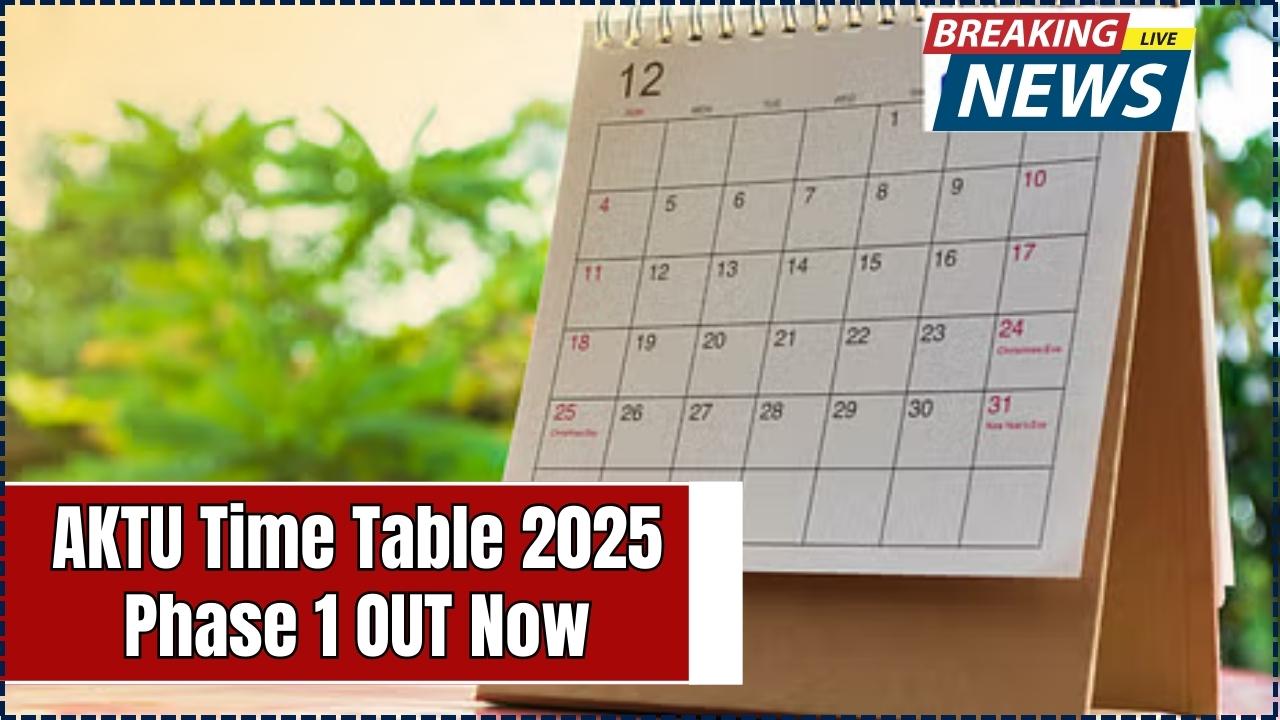Low-Interest Loan Scheme for MSMEs: In a move that could significantly boost small business growth and economic resilience, the Indian government is planning to revive its low-interest loan scheme for Micro, Small, and Medium Enterprises (MSMEs). This initiative is part of a broader push to strengthen India’s export competitiveness, expand access to affordable credit, and support entrepreneurs navigating post-pandemic recovery and inflationary pressures.

The proposal comes amid rising concerns about the persistent credit gap in the MSME sector—especially for exporters—and aligns with the government’s long-standing goal of making India a global manufacturing and services hub.
Low-Interest Loan Scheme for MSMEs
| Policy Area | Details |
|---|---|
| Scheme Focus | Revival of interest subsidy on loans for MSMEs, especially exporters |
| Loan Benefits | Reduced interest rates; improved access to capital |
| Budget 2025 Additions | Credit guarantee coverage raised from ₹5 crore to ₹10 crore |
| Potential Impact | ₹1.5 lakh crore in new credit flow over 5 years |
| Eligible Sectors | Primarily export-oriented MSMEs; expansion likely to others |
| Implementation Agencies | Ministry of MSME, SIDBI, CGTMSE |
| Official Source | Press Information Bureau |
The revival of the low-interest loan scheme could be a game-changer for millions of MSMEs across India. By reducing financial stress and improving credit access, the government is laying the groundwork for a stronger, more inclusive economy.
As the implementation rolls out, small business owners should stay engaged, seek assistance from banks and financial institutions, and leverage official portals for application and grievance redressal. Now is the time for India’s MSMEs to dream bigger—and grow stronger.
Why Is the Government Reviving the Low-Interest Loan Scheme for MSMEs?
The pandemic-induced economic slowdown, coupled with high interest rates and inflation, has made it difficult for MSMEs to access affordable credit. According to data from the Ministry of MSME, nearly 70% of MSMEs depend on informal lending channels due to stringent bank requirements.
To address this issue, the government previously implemented an interest subvention scheme, which expired in 2021. Now, recognizing the urgent need to boost exports and generate employment, policymakers are planning to bring back this support—this time with greater scale and longer tenure.
The proposed scheme falls under the Export Promotion Mission, which aims to transform India into a competitive global exporter by making credit more accessible and affordable for small-scale producers.
Key Features of the Revived Interest Subsidy Scheme
1. Interest Subvention for Exporters
- MSMEs engaged in export activities could receive interest subsidies between 2–5% on term loans and working capital.
- This is expected to bring effective loan rates down to 6–7%, compared to current market rates of 11–13%.
2. Improved Credit Guarantee Support
- As per the Union Budget 2025, the government doubled credit guarantee coverage from ₹5 crore to ₹10 crore.
- This change could unlock ₹1.5 lakh crore in new loan disbursements, with backing from the Credit Guarantee Fund Trust for Micro and Small Enterprises (CGTMSE).
3. Dedicated MSME Loan Channels
- Institutions like SIDBI (Small Industries Development Bank of India) will play a major role in disbursing funds and monitoring compliance.
- Loans will be facilitated through public and private sector banks under streamlined procedures.
4. Inclusive Lending Initiatives
- A special provision is being planned for first-time borrowers, women-led businesses, and SC/ST entrepreneurs.
- Loan limits for such groups could go up to ₹2 crore over the next five years.
What Is the Credit Gap for MSMEs—and Why It Matters
India has over 63 million MSMEs, but less than 20% of them have access to formal bank loans. The credit gap is estimated at ₹25 trillion, according to a report by the International Finance Corporation (IFC).
Bridging this gap could:
- Boost GDP growth by 2–3% annually
- Create 5–10 million jobs per year
- Enable MSMEs to compete globally
By reviving the low-interest scheme, the government is addressing a structural issue that has limited the growth potential of small businesses for decades.
Other Government Schemes Complementing the Revival
The interest subsidy plan is only one part of a larger framework supporting MSMEs. Some of the other key programs include:
1. Credit Guarantee Fund Trust (CGTMSE)
- Offers collateral-free loans up to ₹2 crore with a guarantee cover of up to 85%.
- Aims to reduce borrower risk and improve lender confidence.
2. Credit Linked Capital Subsidy Scheme (CLCSS)
- Provides a 15% capital subsidy on loans up to ₹1 crore for eligible technology upgrades.
- Encourages automation and innovation in manufacturing and services.
3. MUDRA Yojana
- Offers microloans up to ₹10 lakh through categories like Shishu, Kishor, and Tarun.
- Ideal for small traders, shopkeepers, and micro-manufacturers.
4. SAMARTH and CHAMPIONS Portals
- Government-run online platforms to help MSMEs resolve grievances, access funding, and apply for tenders.
- Centralized data and analytics help track performance and service delivery.
How Can MSMEs Benefit from the Revival Scheme?
Guide to Availing Benefits
- Register as an MSME: Visit udyamregistration.gov.in and obtain UDYAM certification.
- Apply through a Bank or NBFC:
- Approach partner banks offering MSME-focused loans.
- Ensure your documents include GST registration, business plan, cash flow projections, and KYC details.
- Explore SIDBI and CGTMSE Options: Apply for guarantee-backed loans if collateral is not available.
- Track Interest Subsidy Credits: After loan sanction, the interest subsidy is typically credited quarterly to your account.
- Monitor via Government Portals: Use SAMARTH or CHAMPIONS portals to track status, submit issues, and get expert guidance.
FAQs On Low-Interest Loan Scheme for MSMEs
Q1. Who is eligible for the interest subsidy scheme?
A: Export-oriented MSMEs registered with UDYAM and engaged in manufacturing or services.
Q2. What documents are needed to apply?
A: UDYAM registration, GST details, financials, KYC documents, and proof of export operations (if applicable).
Q3. Can new entrepreneurs apply?
A: Yes. First-time borrowers, especially women and SC/ST-owned enterprises, are encouraged to apply.
Q4. What is the tenure of the loan?
A: Typically 3–5 years, depending on the bank’s terms. Subsidy applies for the first 3 years in most cases.
Q5. Will there be a cap on the subsidy?
A: Likely yes, with annual caps ranging from ₹5–10 lakh per borrower. Final guidelines will be issued soon.






